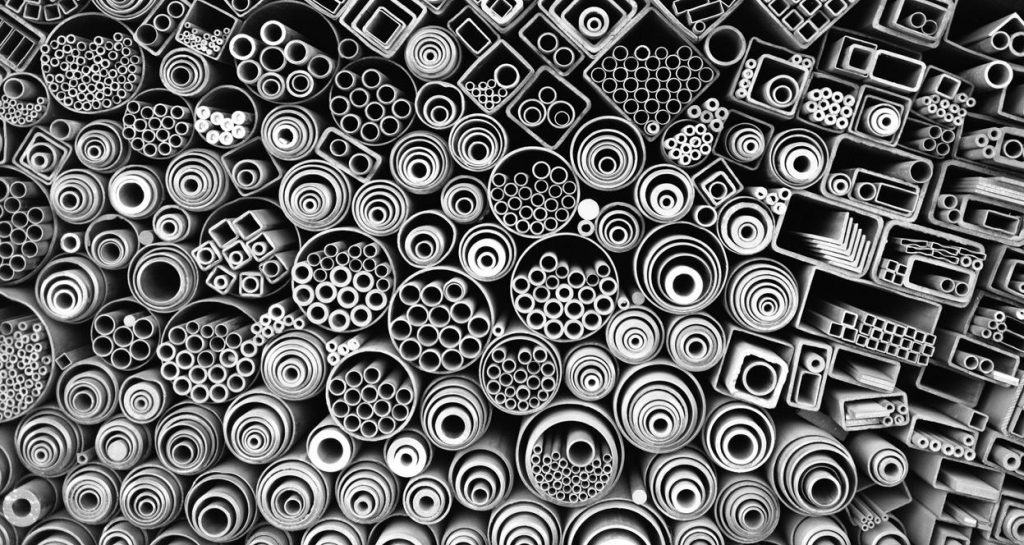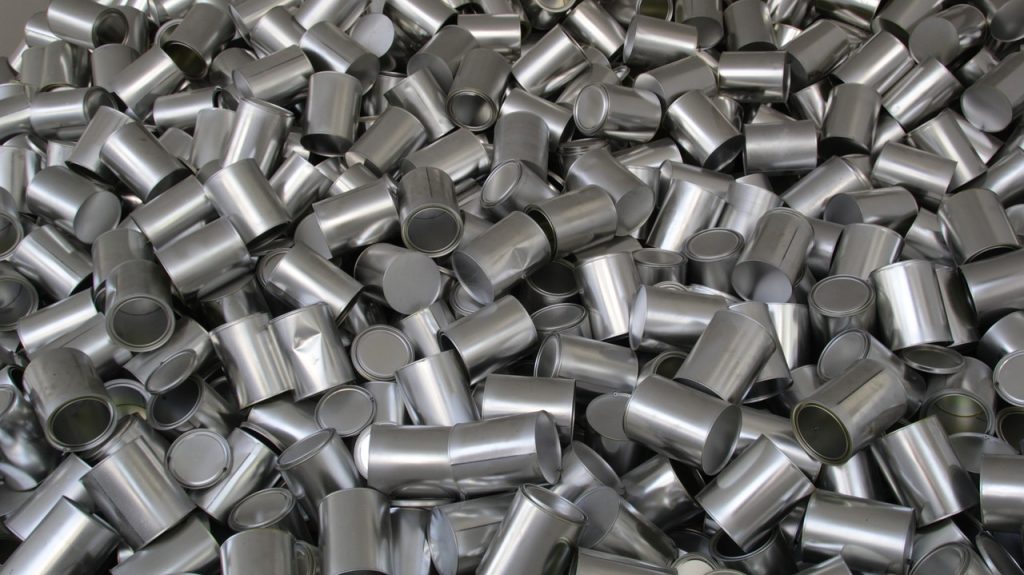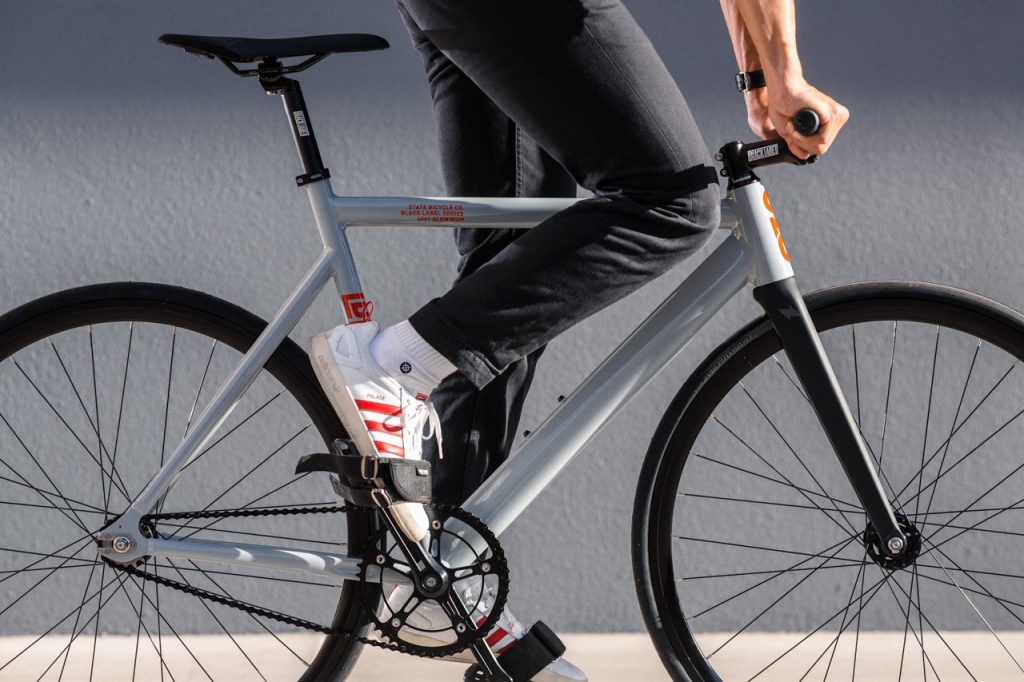One of the questions we get most when one of our customers is looking for a new bike is: what frame materials is best?
That question, as logical as it may sound, has no real answer. There is no best frame material. The material the bike is made from, will not automatically tell you if a bike is going to ride well or not.
However, the question that can be answered is: Which frame material is best for me? Because each person uses their bike for different purposes, whether it is commuting to work or going to do groceries, or going for training rides to help get you fit or whether you plan on hitting the race track with that bike. The answer changes depending on your needs.
There are three main materials that you will find throughout our bike collection: steel, aluminum and carbon. We will break down each of these and explain the characteristics of each, to help you decide what you should be looking for.

1. Steel
If you’ve been looking around the internet scanning bike forums to find out more about frame materials, you might have encountered the saying: “Steel is real” by now. Nothing untrue there, but what does it actually mean?
Well, to begin with, steel can come in different forms depending on the way the are produced. The most common ones you will find will be:
- Hi-Tensilesteel (Hi-Ten). This type of steel is not very stiff when compared with other bike materials, which is why frame builders need to add more of it when creating a frame. In turn, this will make the bike heavier.
- Chrome-Molybdenumsteel (CroMoly). This is a higher quality steel alloy, which is stronger than the previously mentioned Hi-ten. That means the tubes of the frame can be thinner without sacrificing stiffness. CroMoly steel will make the bike more lightweight and more responsive during a ride.
Other than this, what one should know about steel is that if something happens and frame gets bent, steel frames are fixable because steel can be bent back in to shape. The fact that steel is malleable, also means that over roads that are bumpier such as cobblestone, you will feel less of the impact because the frame will absorb a small part of the shock.

2. Aluminum
Aluminum frames started to appear in the market as mass produced and available for the general public in the 1970s when TIG welding became cheaper and was economically viable to use. Generally, aluminum frames known to be lightweight and strong. This type of material is easy to be formed in to different aerodynamic shapes, which is why most aluminum bikes have rather unique and interesting shapes.

3. Carbon
Carbon frames are a type of frames that have been gaining ground in the recent years, but it is still a high-end option that are 90% of the time used by pro or semi-pro riders at competition level. It is not the bike you get to use for riding those 5kms to your friend’s house or to work. It is a material that weighs less than aluminum but maintains strength while still allowing the builder to shape whatever way they like. Another one of the big advantages this material brings is that it is corrosion resistant, meaning it cannot rust.
In most cases, the part of an affordable frame-set that is actually carbon nowadays is the fork. Carbon forks are generally paired with aluminum frames and bring a lightweight and very strong touch to any bike.





Comments are closed for this post.